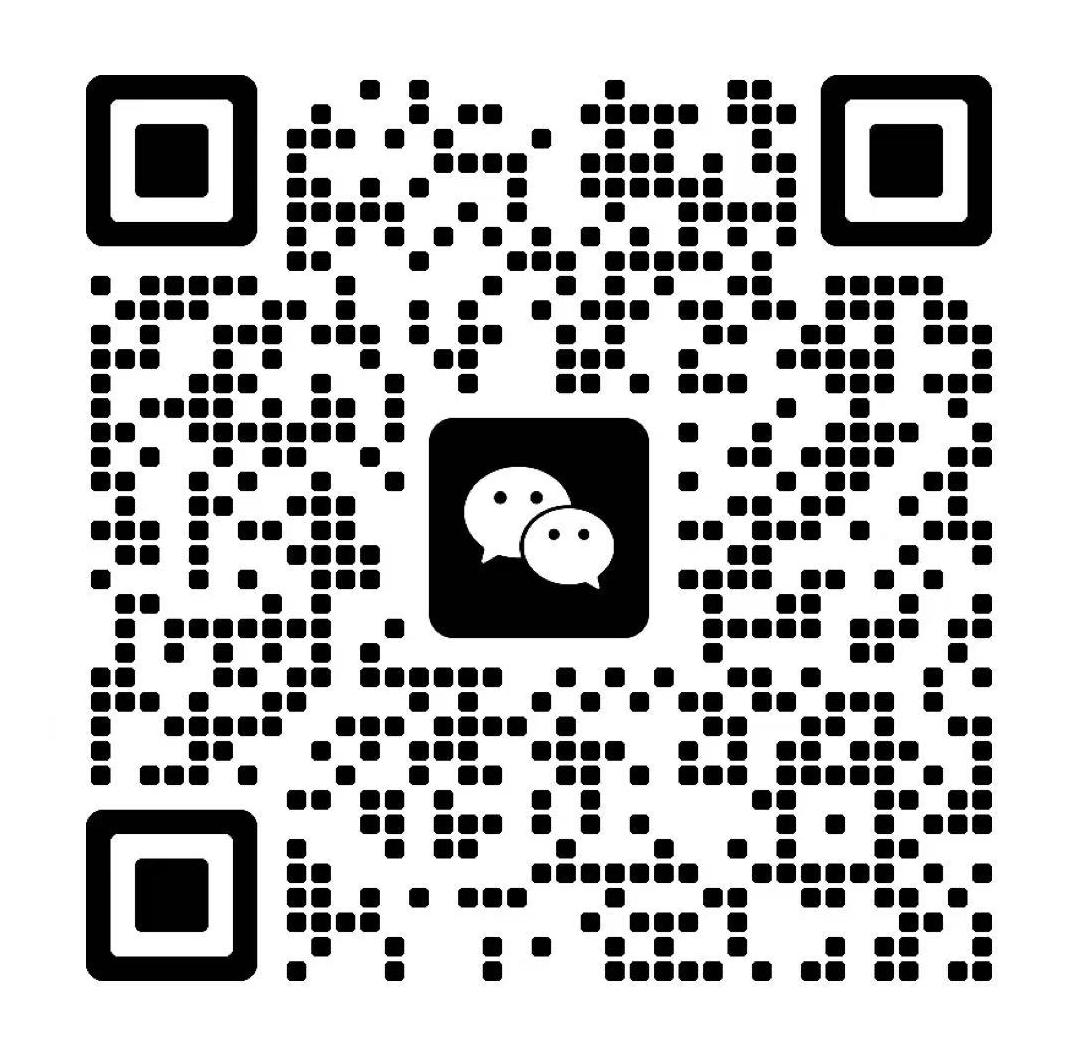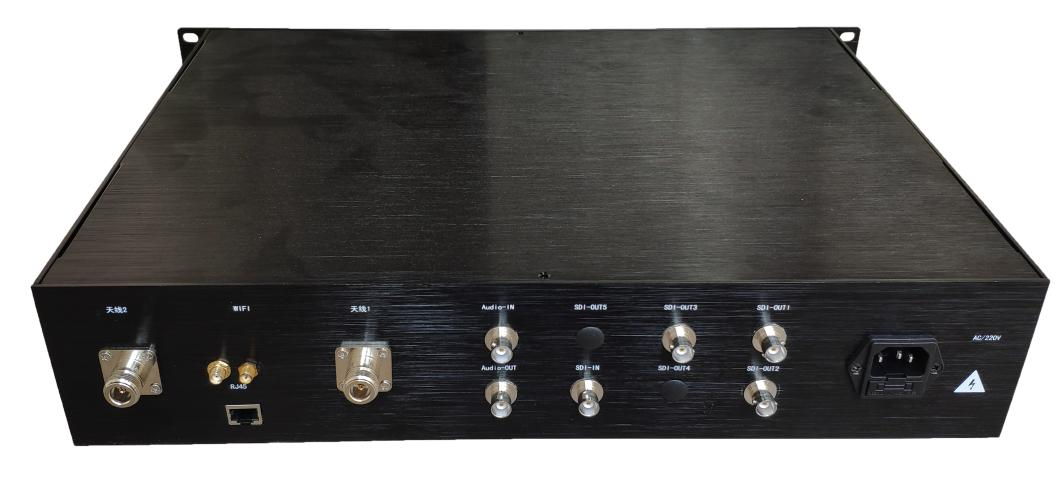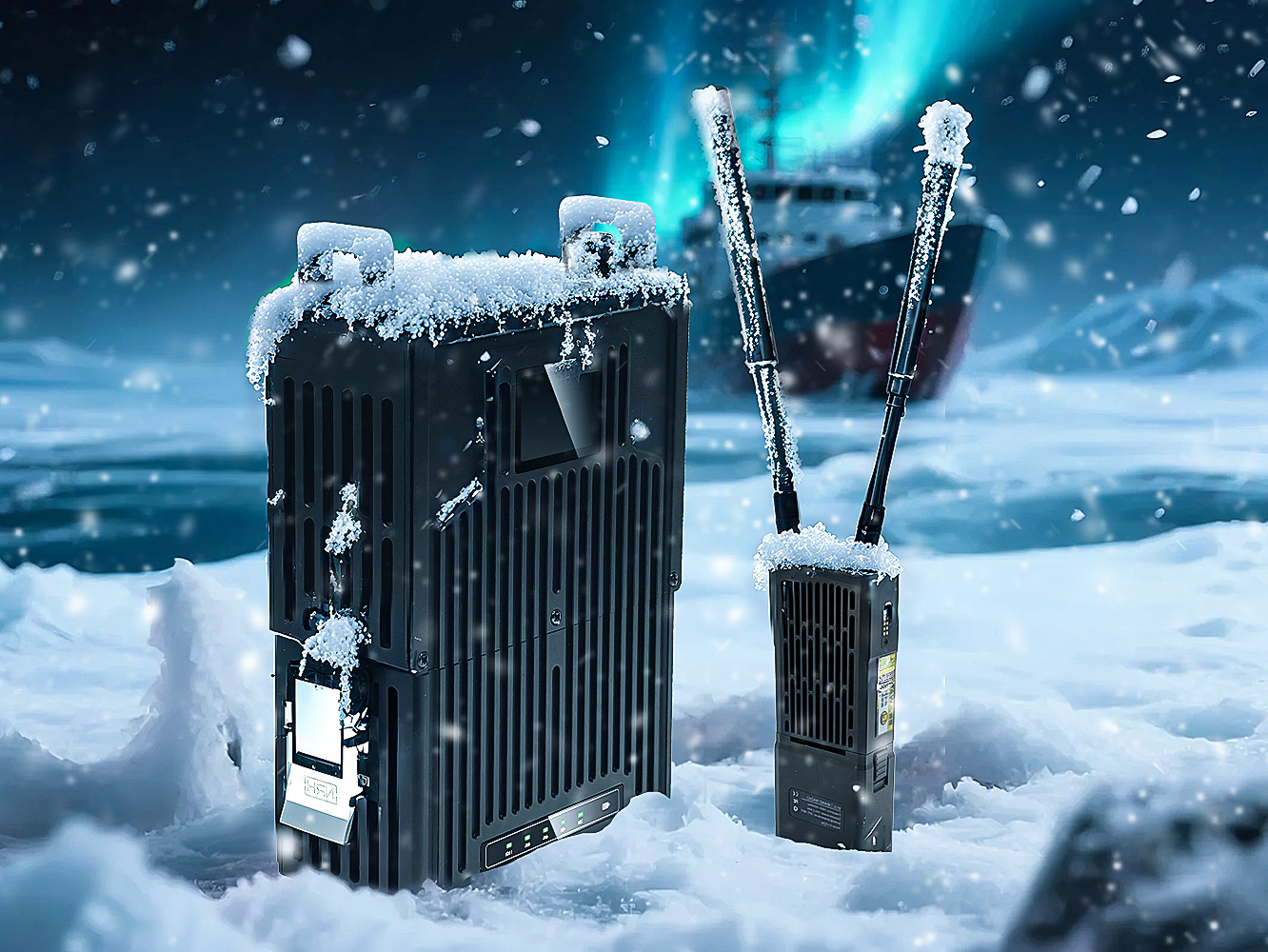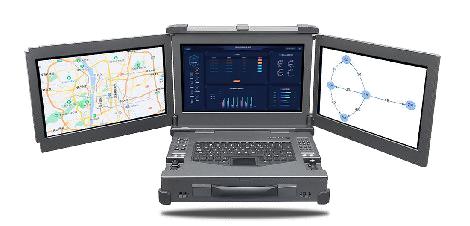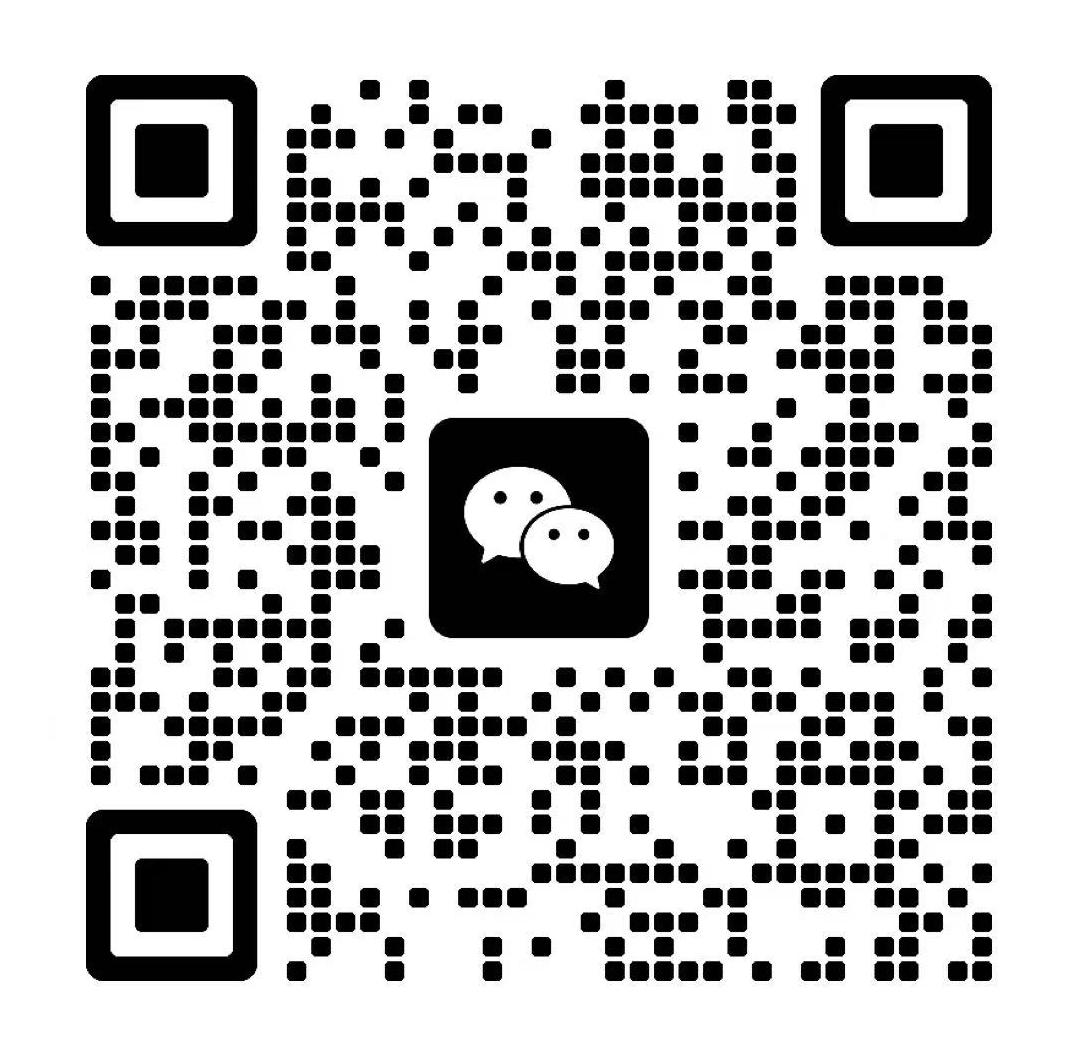Understanding the 4 Major Types of Microwave Transmission
Microwave transmission is a vital component of modern wireless communication. It plays a key role in long-distance, high-capacity data transfer across industries such as telecommunications, broadcasting, military defense, and industrial automation. By using electromagnetic waves in the microwave frequency spectrum—typically from 1 GHz to 100 GHz—microwave systems can transmit large volumes of information wirelessly and quickly.
Microwave transmission is typically line-of-sight (LOS), meaning the transmitter and receiver must be aligned directly without major obstructions in between. These systems are known for their high bandwidth, low latency, and resilience in extreme environments.
Let’s dive into the four major types of microwave transmission systems used in real-world applications.
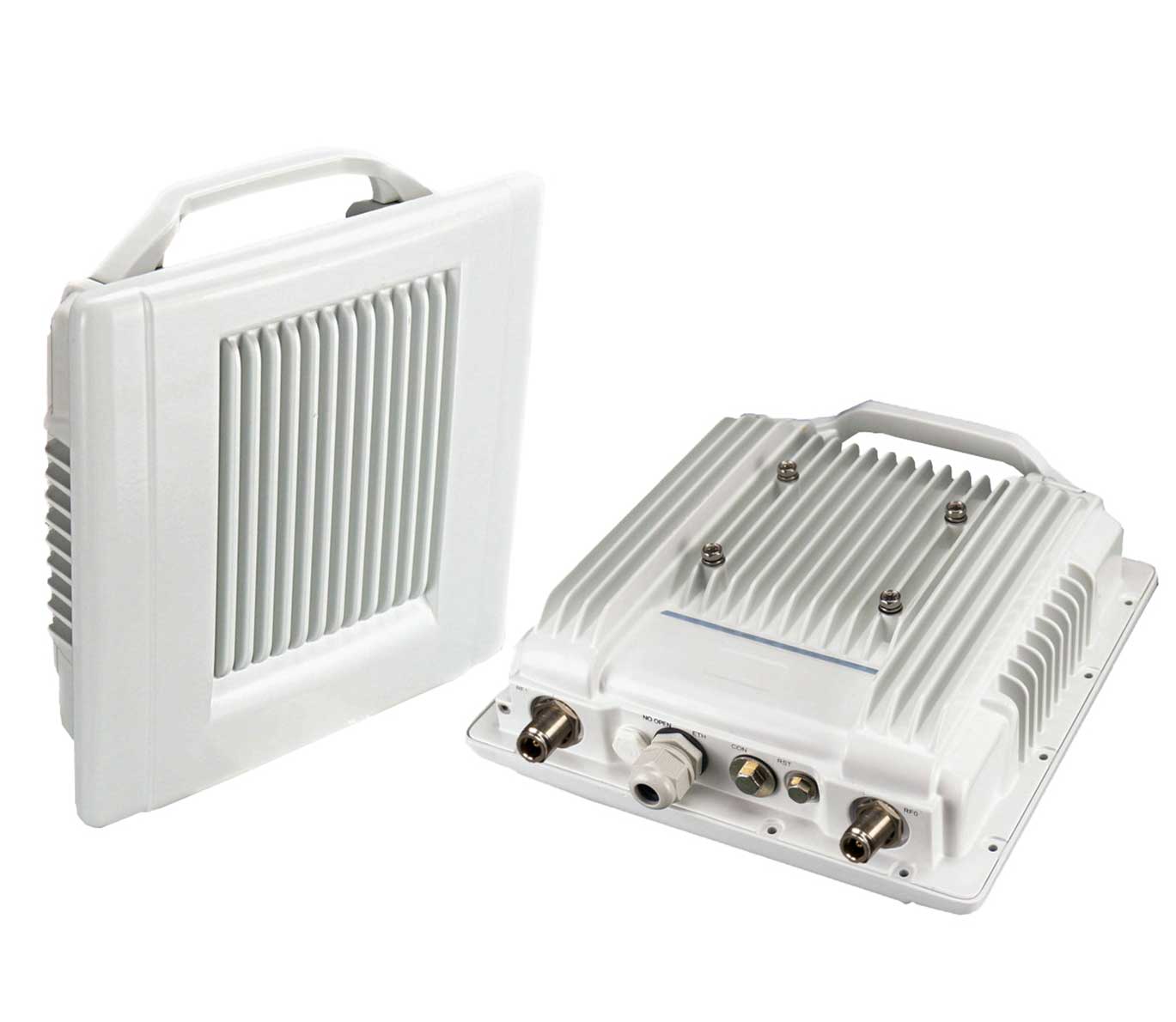
1. Terrestrial Microwave Transmission
Terrestrial microwave transmission uses ground-based microwave towers or antennas to transmit signals between two fixed locations. These systems operate typically in the 4 GHz to 6 GHz and 11 GHz to 13 GHz frequency bands.
Key Features:
Line-of-sight requirement: Due to the nature of microwave signals, both stations must have direct visibility.
Point-to-point links: Widely used for linking telephone exchanges, mobile base stations, and emergency communication hubs.
High bandwidth & reliability: Capable of handling large data transfers over 30–50 kilometers with minimal latency.
Applications:
Mobile backhaul for cellular networks.
Inter-building communications in urban or remote settings.
Surveillance and monitoring in oil fields, forests, and borders.
2. Satellite Microwave Transmission
Satellite microwave transmission relays signals from a ground station to a satellite, which then retransmits them to another station on Earth. These operate in higher frequency bands, such as C-band (4–8 GHz), Ku-band (12–18 GHz), and Ka-band (26.5–40 GHz).
Key Features:
Long-distance global coverage: Ideal for remote or oceanic areas where laying cables is impractical.
Non-line-of-sight capability: Earth curvature and obstacles do not hinder transmission.
Higher latency: Due to the large distance between the Earth and geostationary satellites (~36,000 km).
Applications:
Television and radio broadcasting.
Maritime and aviation communications.
Disaster relief and military communications.
3. Mobile Microwave Transmission
This category includes vehicle-mounted or soldier-borne systems designed for fast-deployable communication in dynamic environments. These systems use smaller, directional antennas and often operate in the 2.4 GHz to 5.8 GHz range.
Key Features:
Mobility: Can be mounted on moving vehicles, drones, or carried by personnel.
Self-forming and self-healing: Often used with MESH networking to ensure resilient, adaptive links.
Real-time video and data transmission: Especially useful in surveillance, reconnaissance, and emergency response.
Applications:
Tactical battlefield communication.
Public safety and emergency rescue.
Border patrol and mobile law enforcement.
4. Millimeter-Wave Microwave Transmission
Millimeter-wave (mmWave) transmission uses extremely high frequencies (30 GHz–300 GHz), which enable ultra-high data rates over short distances. This type is often used in dense urban environments and emerging 5G networks.
Key Features:
Extremely high bandwidth: Can transmit multi-gigabit data rates with minimal delay.
Short range and line-of-sight: Limited penetration through obstacles and sensitive to weather.
Low interference: Due to narrow beamwidths and high directionality.
Applications:
5G small cell backhaul.
Fixed wireless access for homes and businesses.
High-definition video surveillance and AR/VR applications.
Choosing the Right Microwave Transmission System
Each type of microwave transmission offers unique advantages depending on the use case:
Terrestrial Microwave:Reliable fixed links in accessible locations
Satellite Microwave:Remote and global communication
Mobile Microwave:Fast deployment in tactical or emergency zones
Millimeter-Wave Microwave:Ultra-fast, short-range high-capacity data
When designing a communication system, engineers must consider distance, terrain, mobility, weather conditions, bandwidth needs, and power constraints.
TuQian Microwave Transmission Solutions
TuQian Wireless is a trusted provider of high-performance microwave communication systems tailored for demanding real-world environments. Our portfolio includes:
Mobile microwave transmitters for soldier-borne and vehicle-mounted deployments.
High-definition video transmission modules with low latency.
Millimeter-wave backhaul units designed for urban and industrial high-speed networks.
Flexible MESH networking integration, allowing for adaptive multi-hop communication in mission-critical applications.
With proven reliability across law enforcement, defense, disaster recovery, and industrial sectors, TuQian Wireless continues to lead the way in efficient, secure, and scalable microwave transmission technologies.


